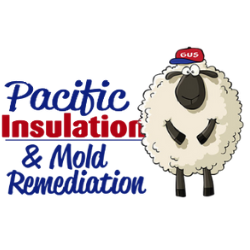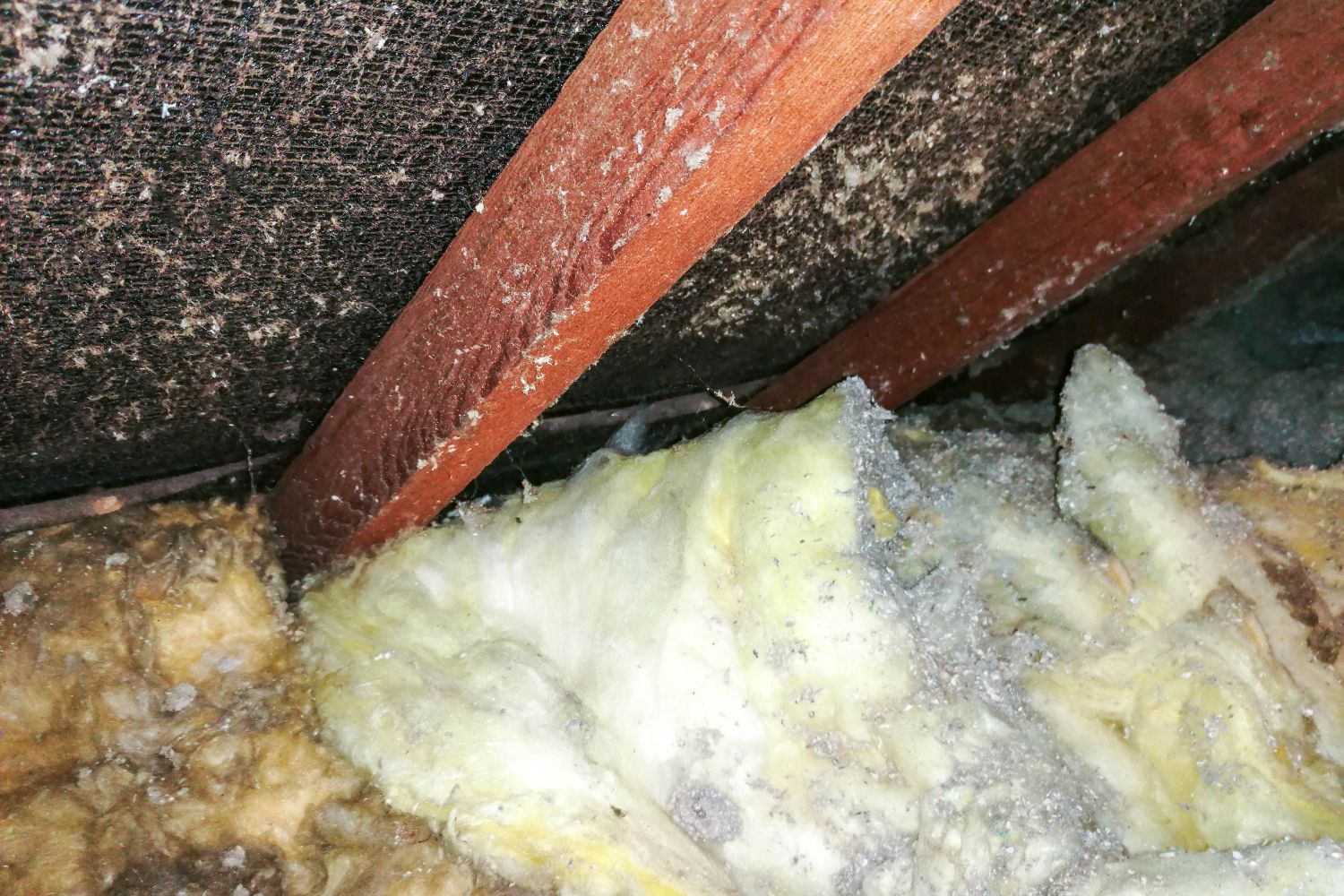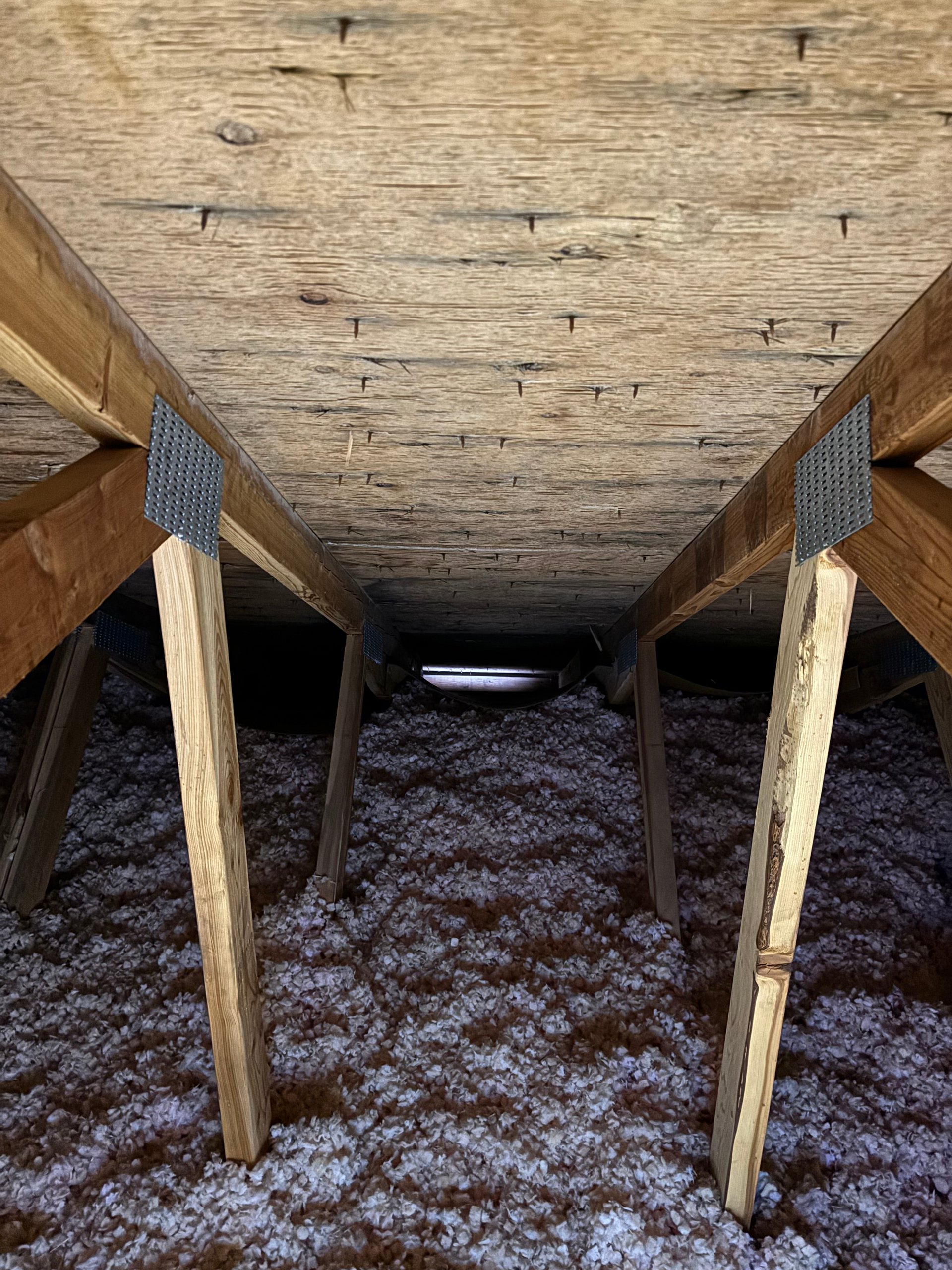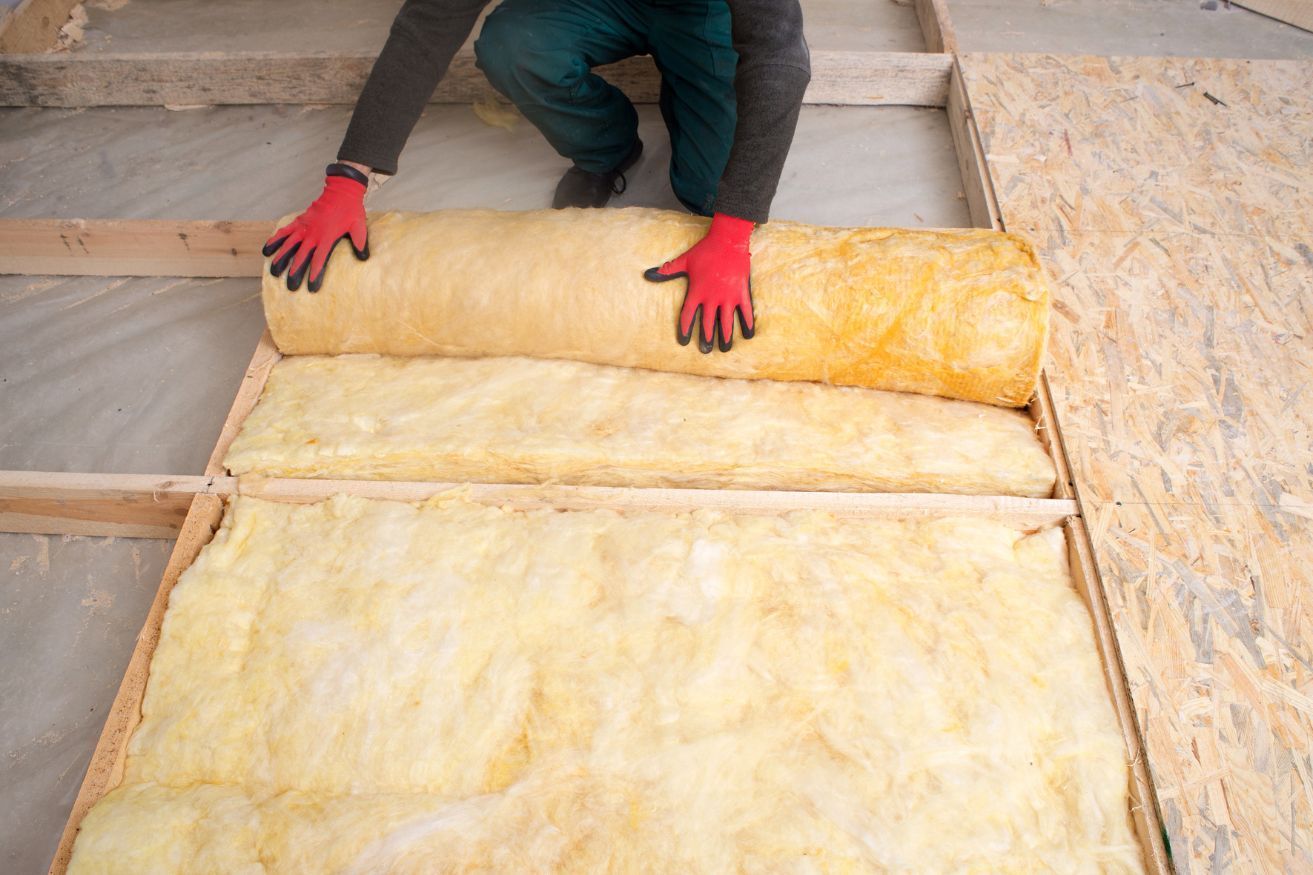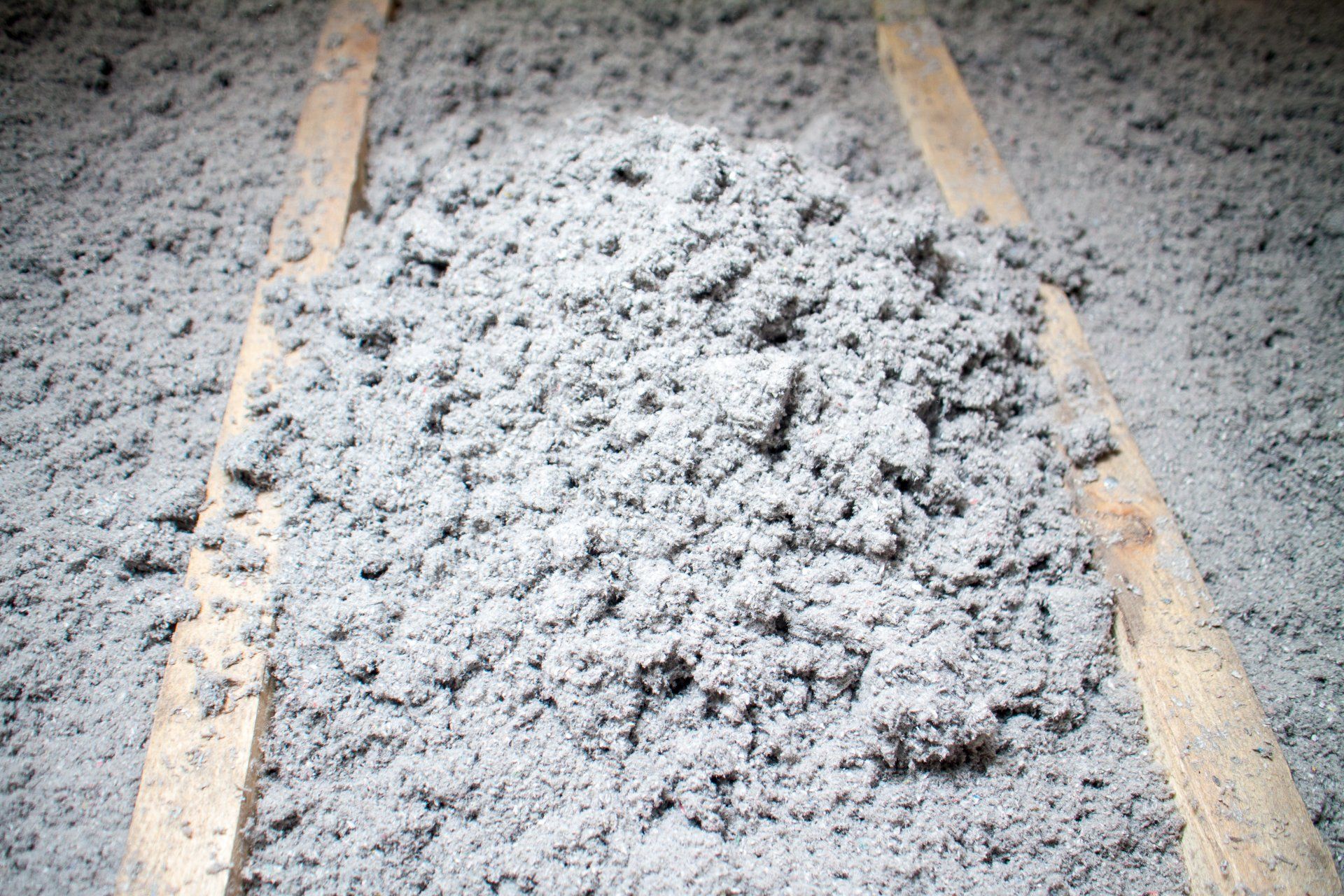How to verify a Contractor's License in Washington State
Gus Koedding • January 23, 2025
To check a contractor's license in Washington State, you can use the Washington State Department of Labor & Industries (L&I) website. Here's how you can do it:
Steps to Verify a Contractor's License:
- Visit the L&I Website:
- Go to the Washington State Department of Labor & Industries Contractor Verification Tool: https://lni.wa.gov/licensing-permits/contractors/hiring-a-contractor/verify-contractor-tradesperson-business
- Enter the Contractor's Information:
- You can search using:
- The contractor’s name.
- Their business name.
- Their contractor license number.
- Enter the details in the search box and click Search.
- Review the Results:
- Look for:
- Active License Status: Ensures the contractor is currently licensed.
- Bond and Insurance Information: Verify they have the required bond and liability insurance.
- Registration Details: Confirms they are registered with the state.
- Violation History: Check for any past infractions or unresolved claims.
- Cross-Check Additional Details (Optional):
- Confirm the contractor’s name and business information match the details on the website.
- Check reviews and testimonials for more insight into their work.
What to Look for in a Licensed Contractor:
- Active Registration: The license should be current.
- Bonding and Insurance: Verify that they have the required general liability insurance and a bond to protect you in case of damages or non-compliance.
- No Red Flags: Look for a clean record with no unresolved violations or lawsuits.
Why It’s Important
- Hiring a licensed contractor ensures they are compliant with Washington state laws and regulations.
- Licensed contractors are bonded and insured, providing you with financial protection in case of damages or unfinished work.
If you'd like, I can help guide you through the process further or look up a specific contractor for you!
